Nine Lives: Clones and Human Emotion
“Nine Lives”, a science fiction short story by Ursula K. Le Gumn uses the character of a clone to tackle some of humanity’s most difficult questions; what does it mean to be an individual, how do you love someone, and what does emotion look like? Set on the planet Libra, whose surface takes on a persona of a cancerous, wrinkled, and boil-filled face, the three protagonists are working together to extract ore for use on a dystopic Earth. When the planet literally and figuratively swallows 9/10ths of the clone, Le Gumn leaves Kaph, the last remaining piece of John Chow. The clone’s struggles to understand who he is and how other humans interact, allows for the author to contemplate larger societal questions. Le Gumn employs personification, foreshadowing, and a dynamic narrator to place additional emphasis on the final scene, leaving the audience to reflect on what it means to be human and contemplate fundamental ideas of the human experience.
The first three sentences of the story paint a picture of a grotesque, ugly, and sick woman, whose face is later clarified to be the surface of the planet Libra. The planet is a methane filled, volcanic, and earthquake prone environment whose surface conceals the ore that the human race needs to survive. Le Gumn continues the personification of the planet throughout the story, developing its role as the antagonist after an earthquake kills the majority of the clone, John Chow, in the mine. For example, when Pugh and Martin go to the mine to save the clone, the planet is described as, “The horizontal light and shadow made it hard to see, raised walls of fake iron ahead of them which they slid through, turned the convex plain beyond Hellmouth into a great dimple full of bloody water” (Le Gumn, p. 8). Le Gumn could have used many other descriptors to describe the “dimple”, but its use implies that the hideous planet is smiling. In the first paragraph of the story the planet is described as having “cracks”, “boils”, and “pus”, however, after the earthquake these descriptors are replaced with one commonly associated with a smile. In a story, seemingly without an antagonist, Le Gumn creates one by personifying the planet. The connection between the antagonist planet and the clone develops over the course of the story, allowing Gumn to kill off 9/10ths of the clone and even foreshadow the conclusion.
Constantly hinting at impending destruction, Le Gumn uses foreshadowing to place additional emphasis on the conclusion. In relation to the planet, she uses the theme of the body to connect the planet and the clone and provide foreshadowing in the process. For example, Martin is questioning the clone about its creation to which the clone responds, “Intestinal cells happen to be easy to de-specialize and reprogram for total growth.” Later when describing the mine, Pugh and the narrator say, “’A great gut,’ Pugh said, looking down into the black pit, its veined and warted walls catching stray gleams of headlamps far below. ‘A cow’s bowel. A bloody great constipated intestine’” (Le Gumn, p. 5). Le Gumn uses the intestine to create the clone and then describes the mine using the same organ. In other words, the clone is created and killed by the same organ, foreshadowing the eventual death of the clone mid-way through the story. Another example of the use of foreshadowing is when narrator is describing Pugh’s dream and explains, “Pugh slept and dreamed of a one-eyed giant who chased him through the shaking halls of Hell” (Le Gumn, p. 2). The dream foreshadows the death of the clone, as it later dies in an earthquake in the “Hellmouth” mine. The amount of foreshadowing that Le Gumn includes makes the death of the clone feel inevitable and places a larger emphasis on how the last remaining piece of the clone interacts with the world. Using the situation of a human who is forced to act independently for the first time in his life, opens the questions of how humans love, and what emotion looks like when expressed for the first time.
Le Gumn’s use of the narrator is dynamic, flipping between third person and a third person with a hint of a narrative voice. Removed from the scene, but still with access to the thoughts of Pugh and Martin, the role of the narrator provides an opportunity for Le Gumn to insert her voice into the story. For example, in discussing the clone the narrator becomes removed from discussing the thoughts of Martin, Pugh, and Kaph saying, “No doubt there were many such differences, physical and psychological, among them; nature might be identical, nurture could not be. But the differences were hard to find. And part of the difficulty was that they never really talked to Pugh and Martin” (Le Gumn, p. 6). In this example, the narrator mentions all three human characters in the statement, meaning that it is removed and has its own voice. Le Gumn uses these opportunities to insert ideas like, “nature might be identical, nurture could not be”, and later using this same voice, “Why should they have sympathy? That’s one of those things you give because you need it back” (Le Gumn, p. 6). The usage of the narrative voice coincides with points of emphasis and usually with big themes like nature vs. nurture, sympathy, and individuality involved.
While Le Gumn inserts these themes and questions throughout the story, the plot leads up to, and places emphasis on the final scene. Kaph’s final conversation with Pugh is where Le Gumn places the big questions like, “How can you [love]… how do you [love]” (Le Gumn, p. 14). Kaph realizes his status as an individual, and Le Gumn does it in a beautiful way; it is implied that Kaph is able to say “good night” to Pugh. For the first time Kaph does a human task that is unnecessary, showing the slightest emotion to another individual. Throughout the story, the author sets up this scene, because what better way to explore human emotion than through someone who has never experienced it with person outside themselves. Science fiction allows these topics to be explored from new perspectives. In order for these questions to be asked, Le Gumn needs to use someone who is old enough to speak and yet never been given the ability to be an individual, a clone! Overall, foreshadowing helps develop and emphasize the conclusion, personification builds an antagonist that allows the final scene to be possible, and the narrator gives Le Gumn the freedom to insert her voice into the story. These elements set the scene for the big questions to be posed, while allowing for Le Gumn to provoke thought along the way.
Bibliography:
Le Gumn, Ursula K. “Nine Lives” (1968). Baen.com, www.baen.com/Chapters/9781625791405/
9781625791405___2.htm. 1-14.
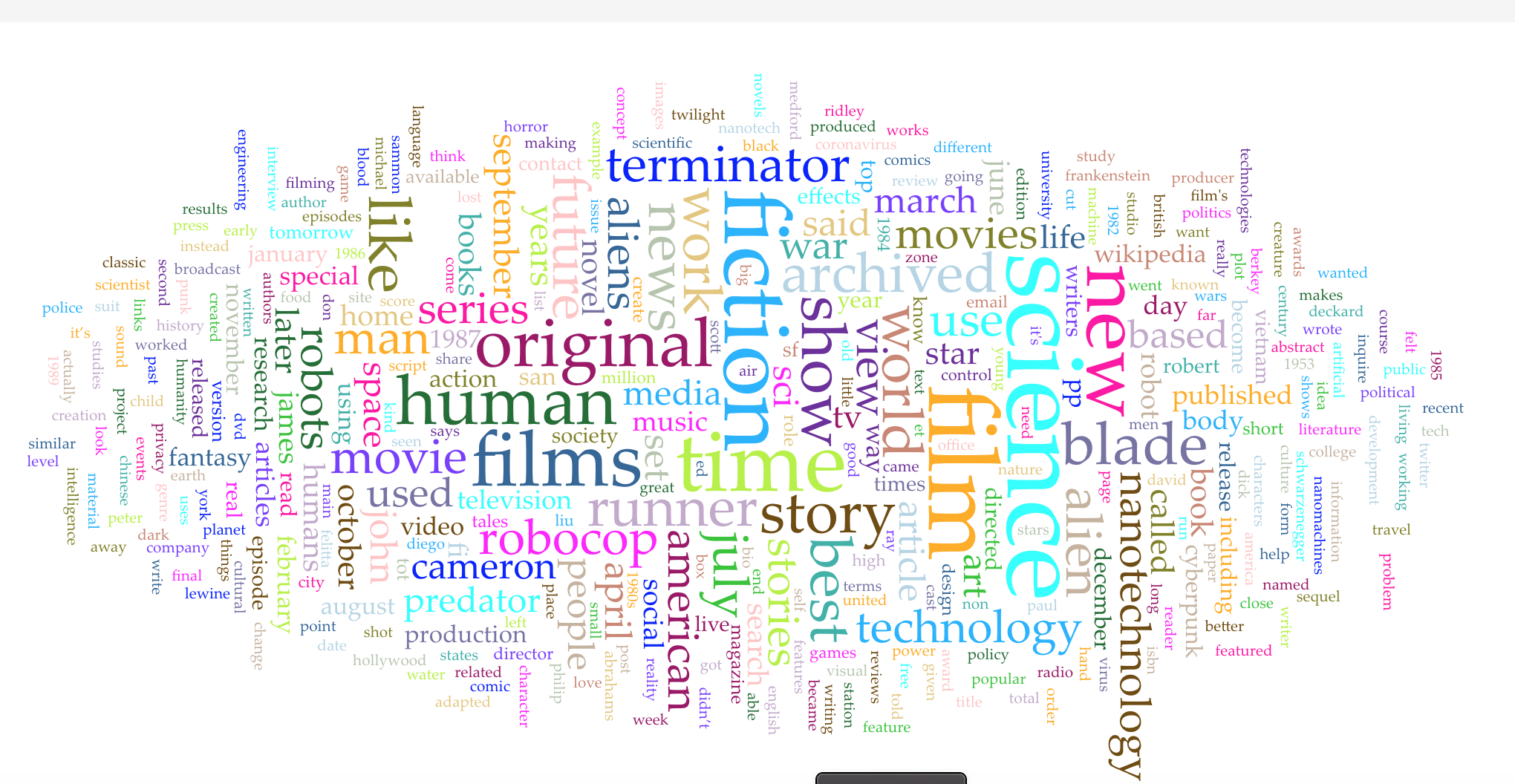
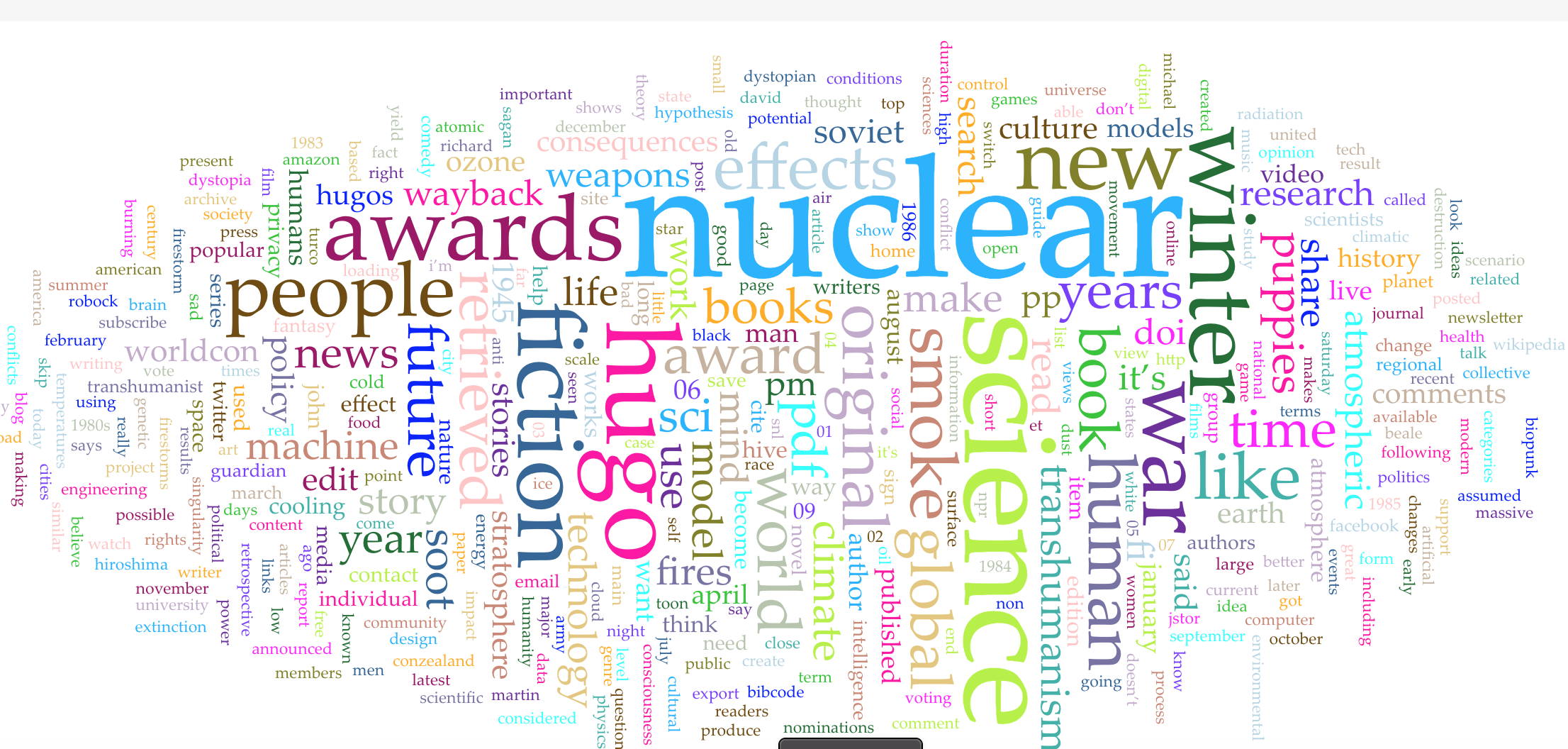
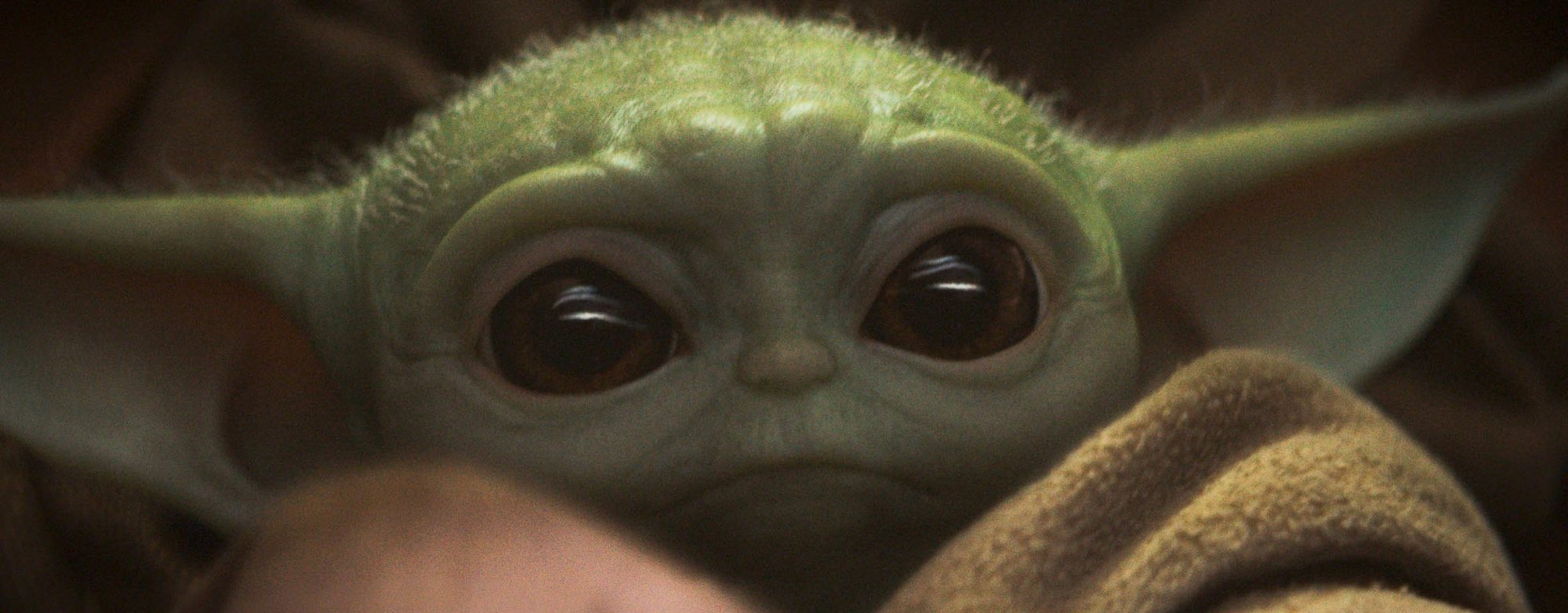
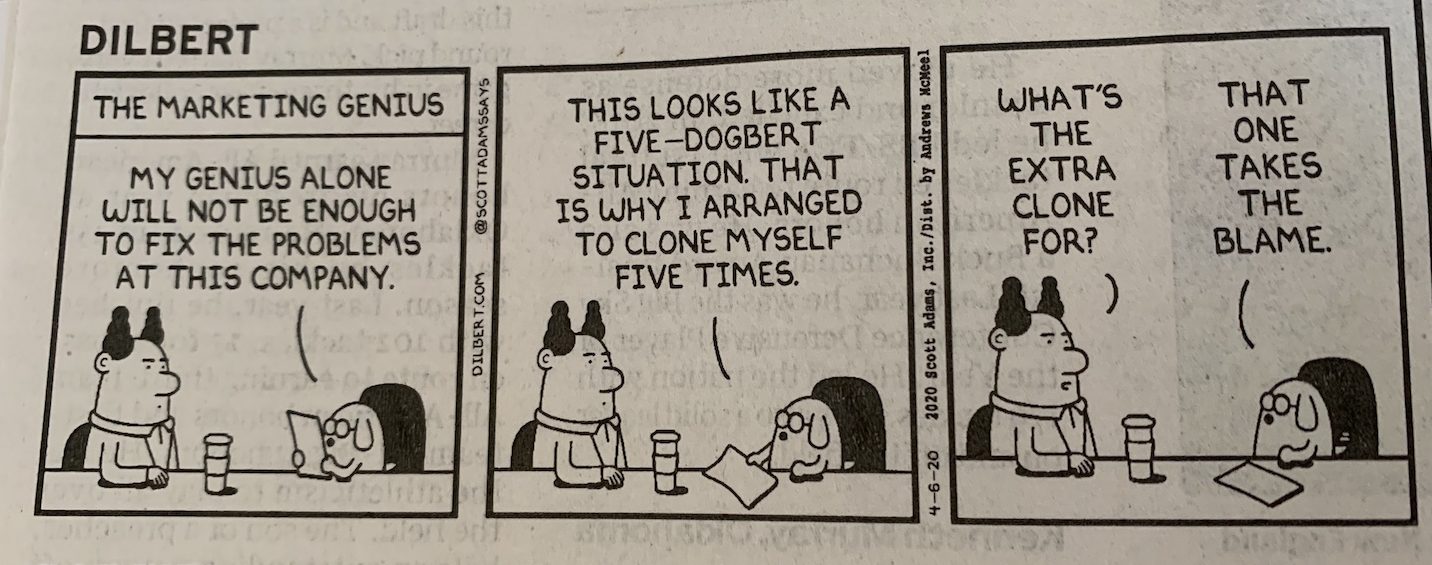

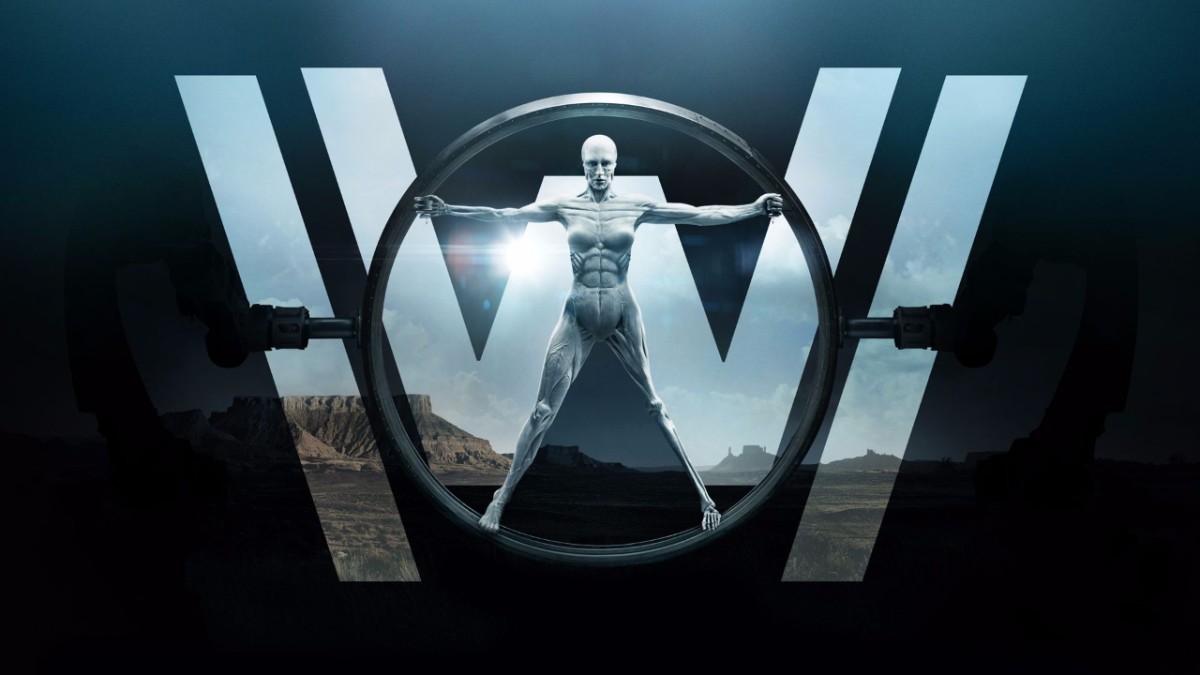
 https://medium.com/generation-atomic/7-awesome-sci-fi-nuclear-reactors-6bea7419f683
https://medium.com/generation-atomic/7-awesome-sci-fi-nuclear-reactors-6bea7419f683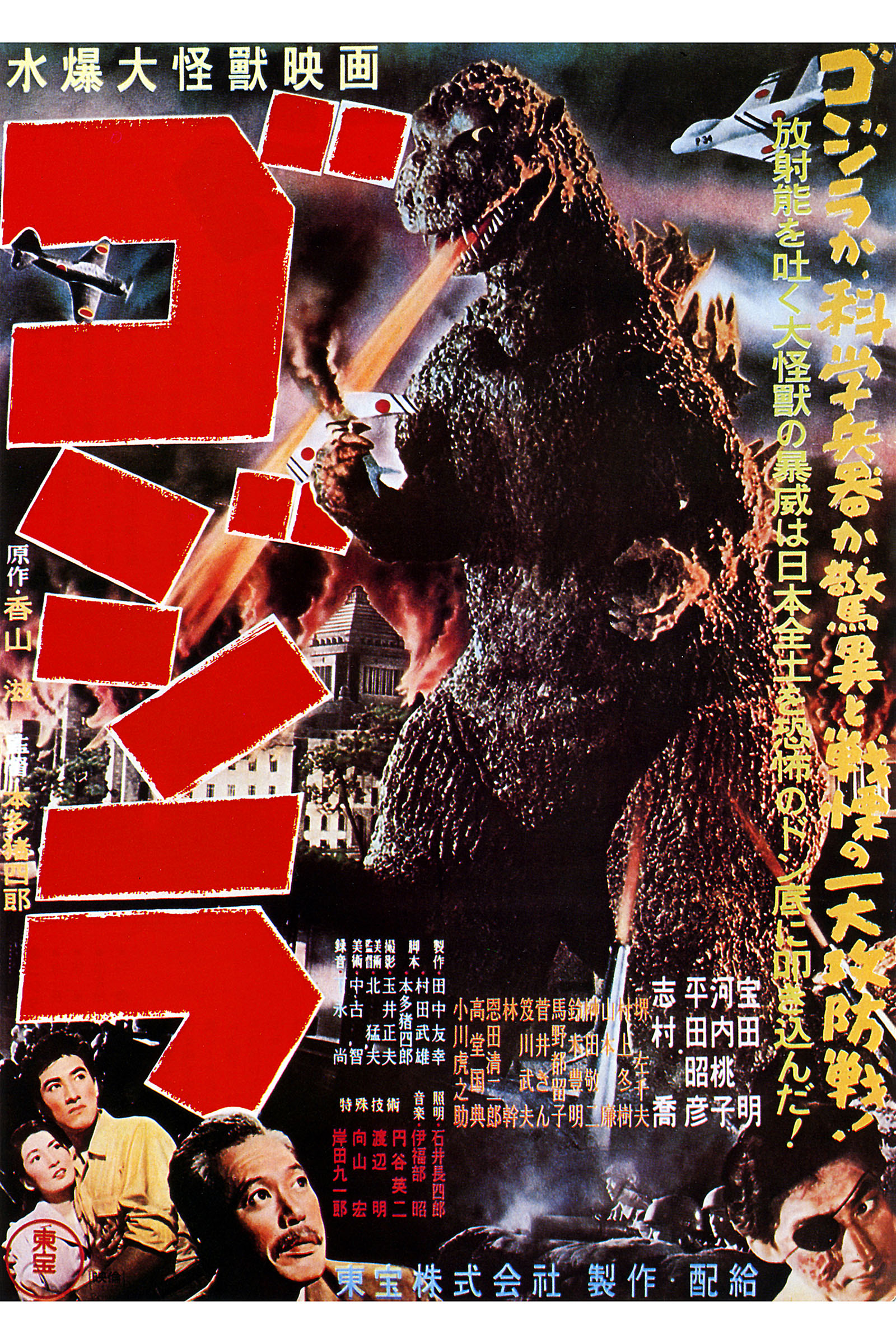 Gojira (1954) – Movie Poster of the creature (Gojira) created by leaked nuclear energy from a US* nuclear test.
Gojira (1954) – Movie Poster of the creature (Gojira) created by leaked nuclear energy from a US* nuclear test.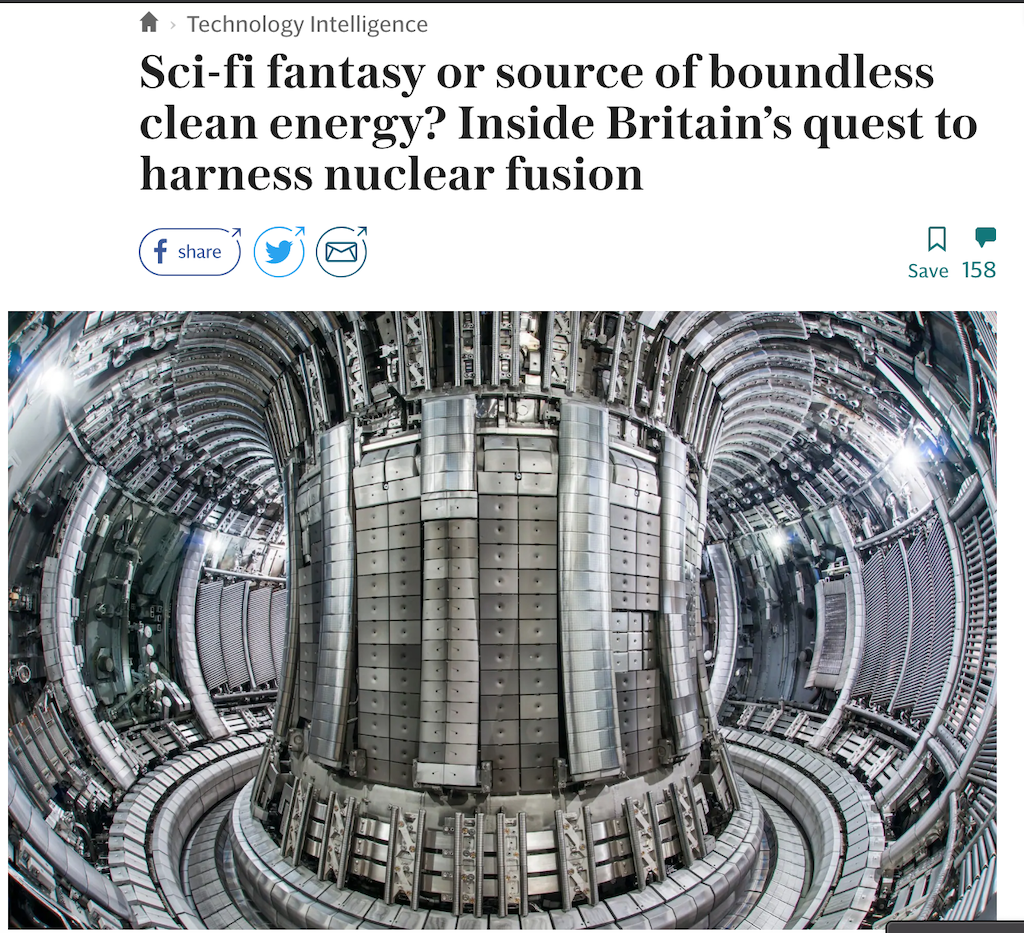 https://www.telegraph.co.uk/technology/2019/07/26/sci-fi-fantasy-source-boundless-clean-energy-inside-britains/
https://www.telegraph.co.uk/technology/2019/07/26/sci-fi-fantasy-source-boundless-clean-energy-inside-britains/